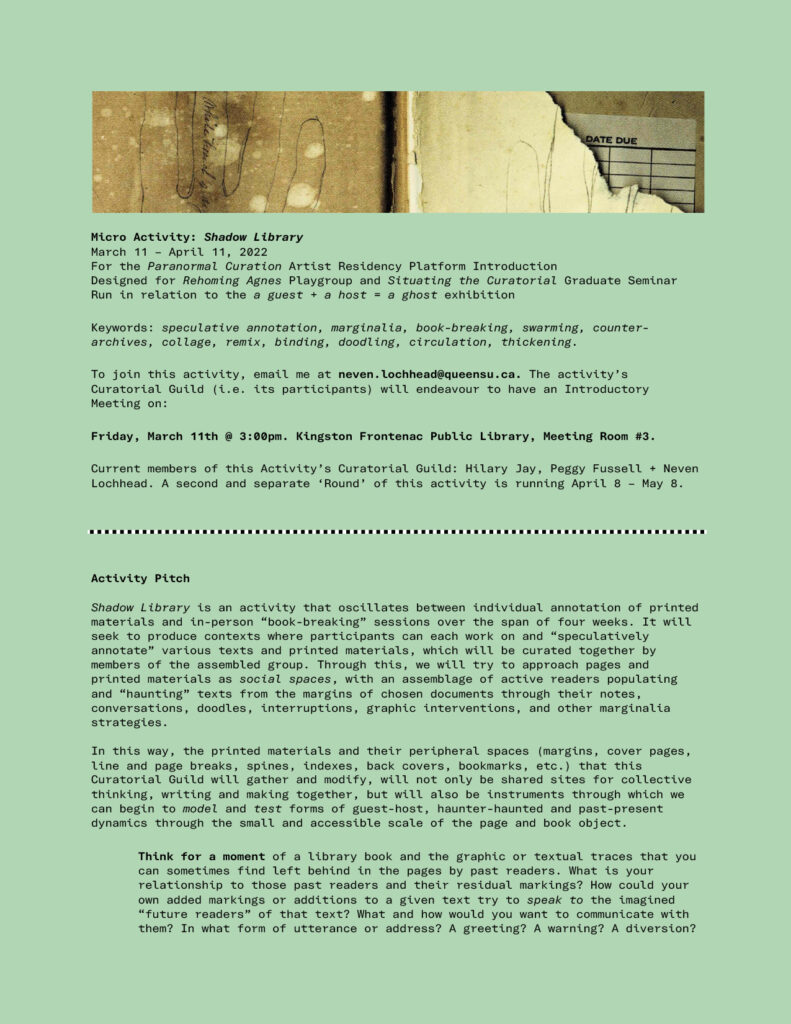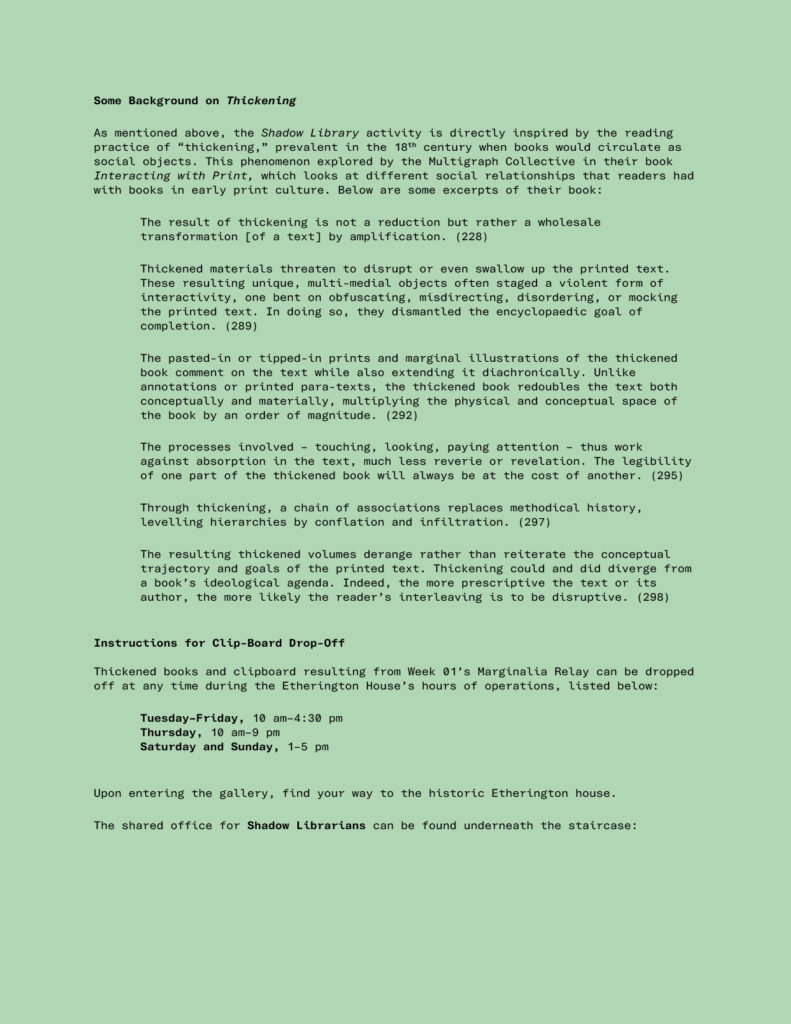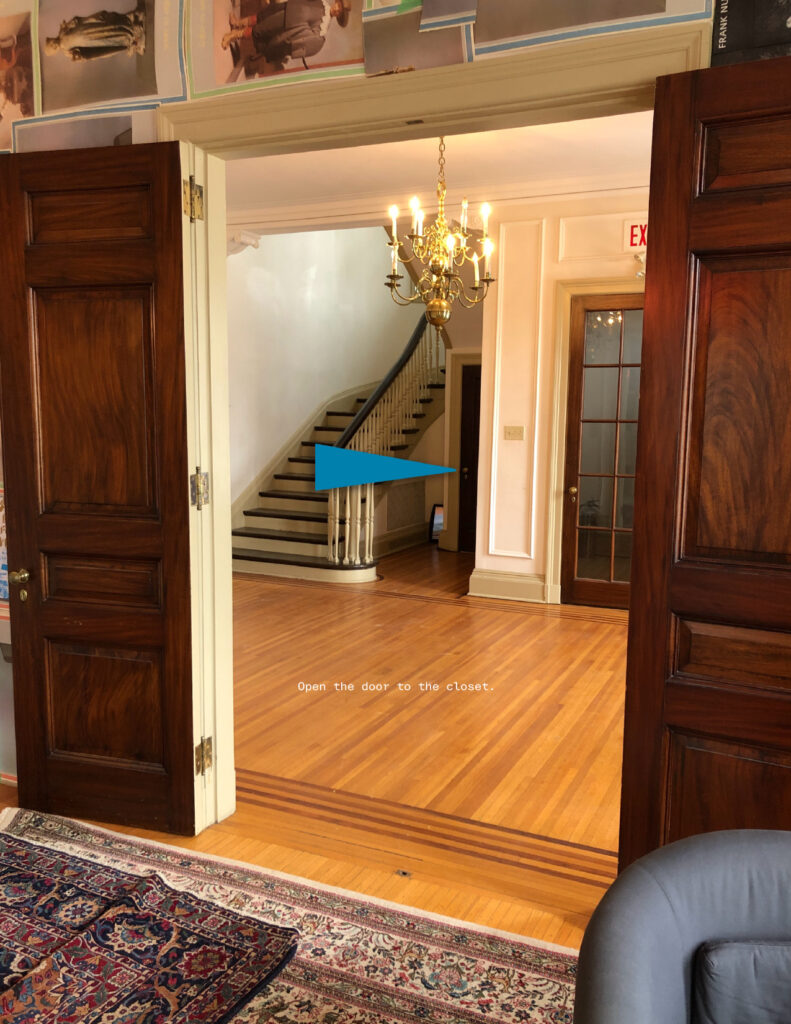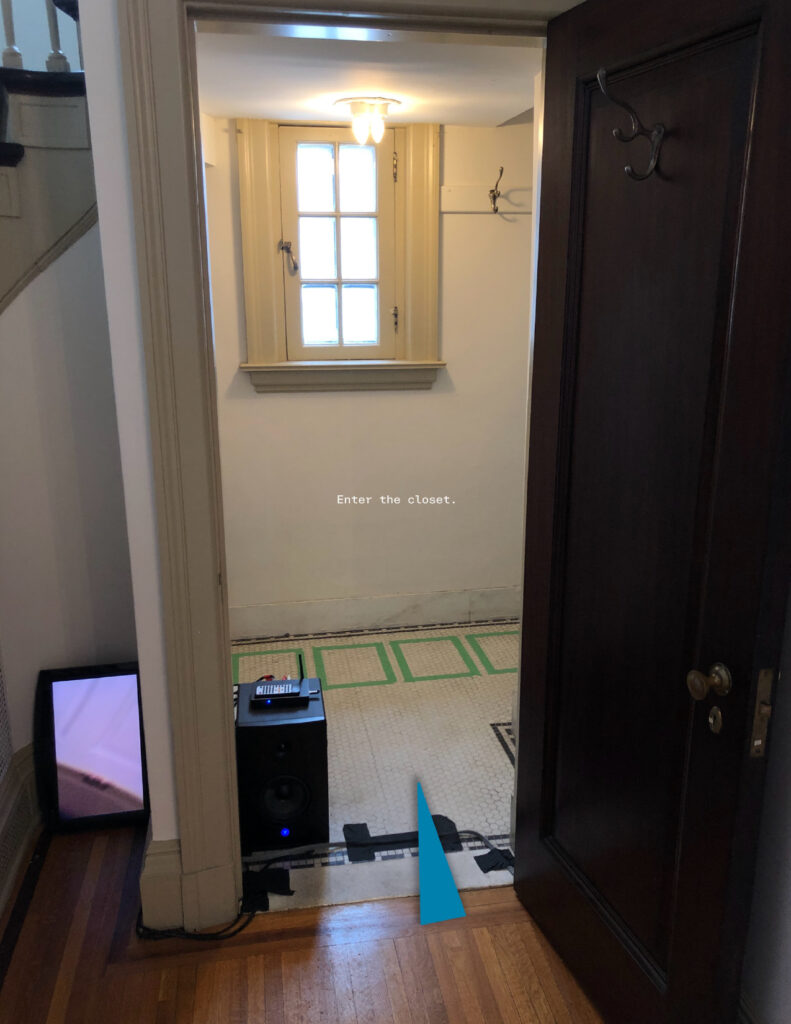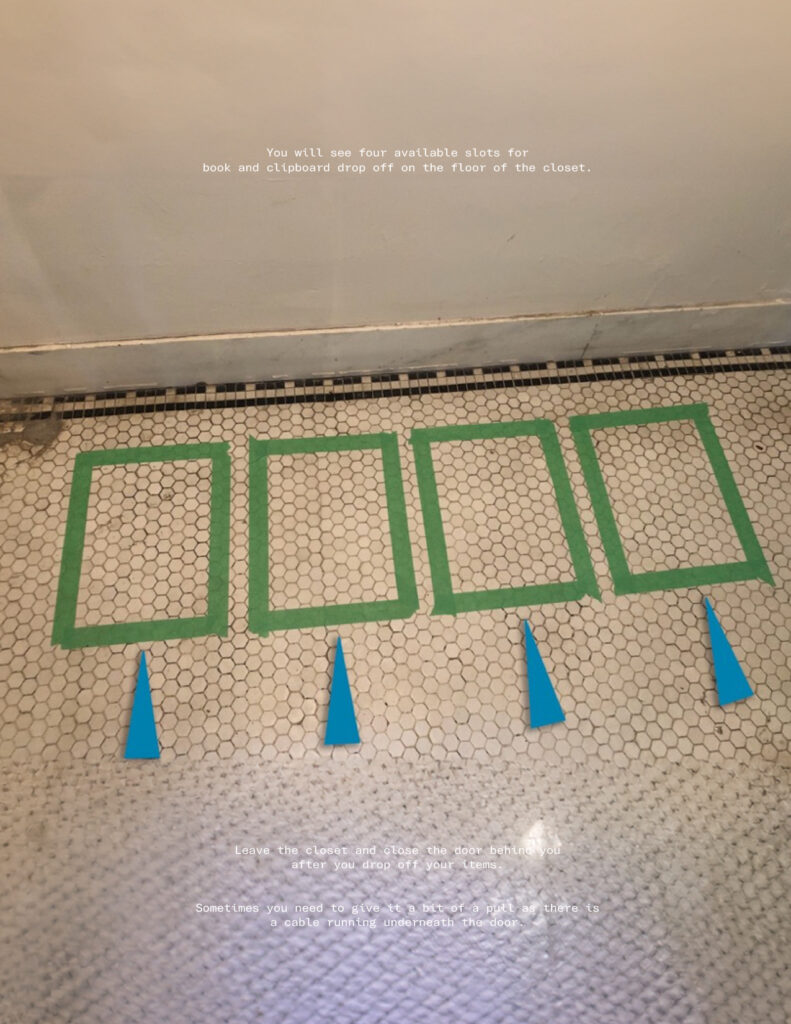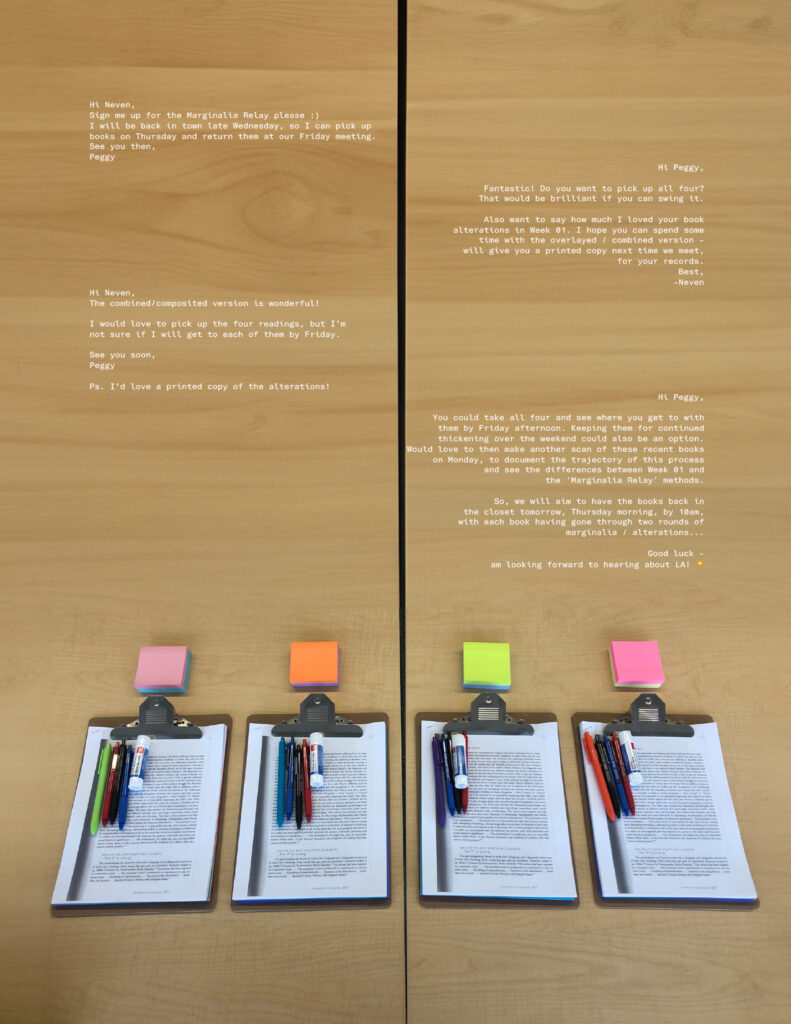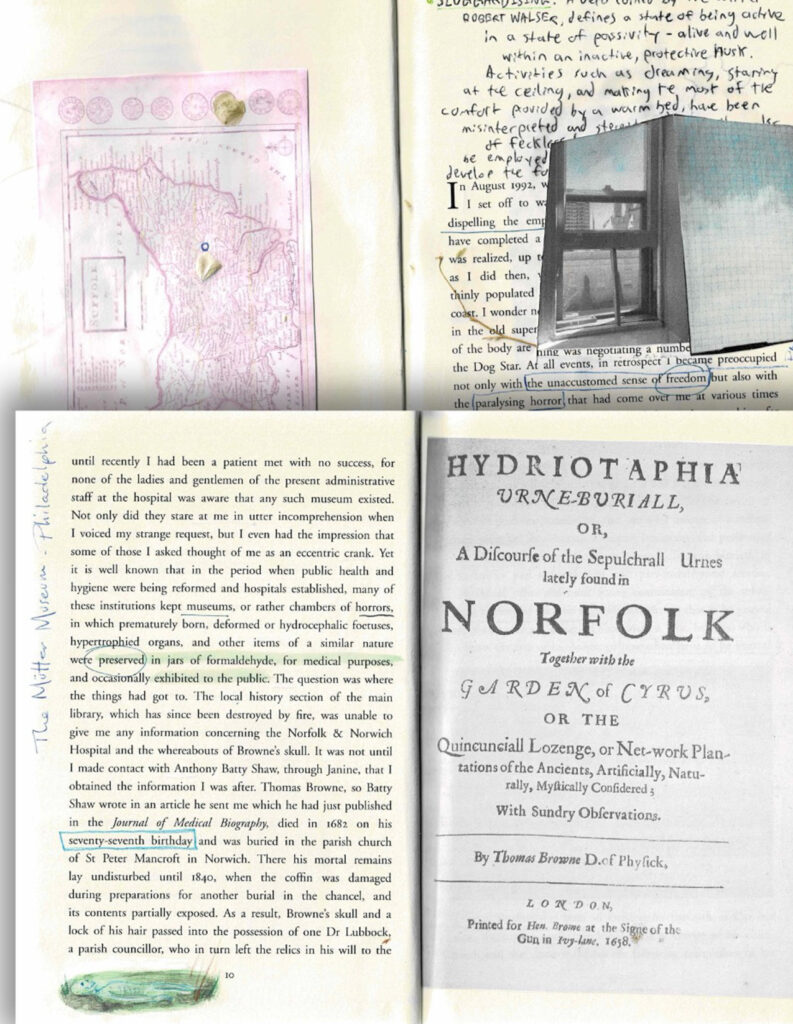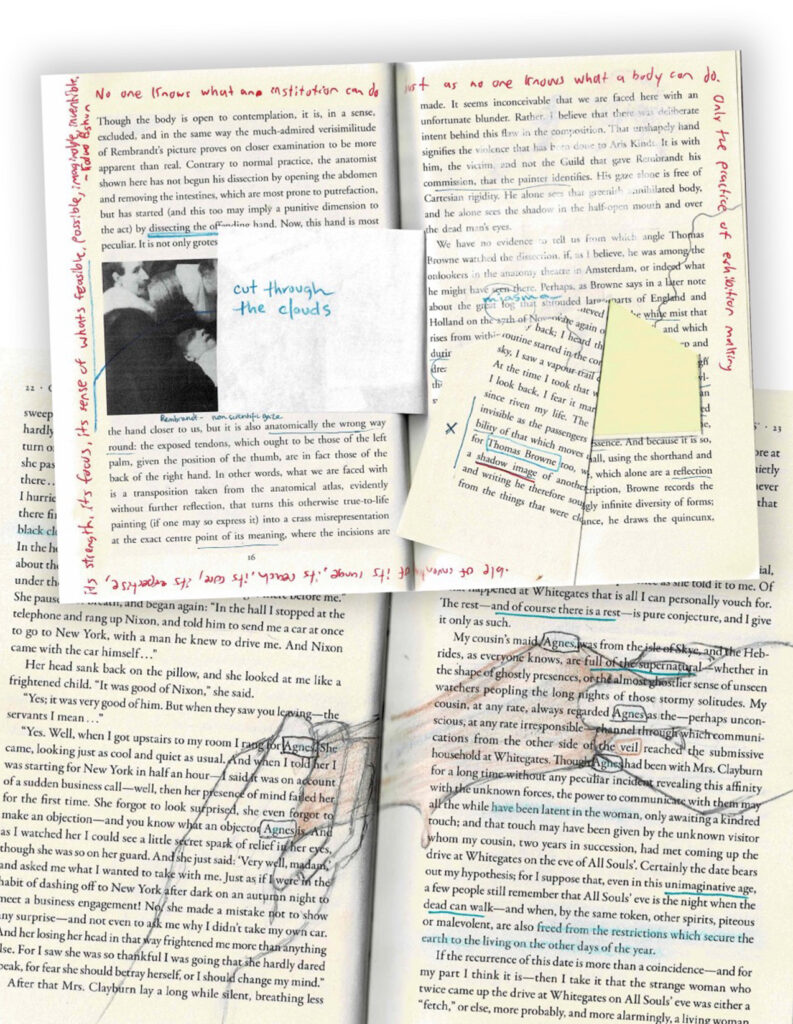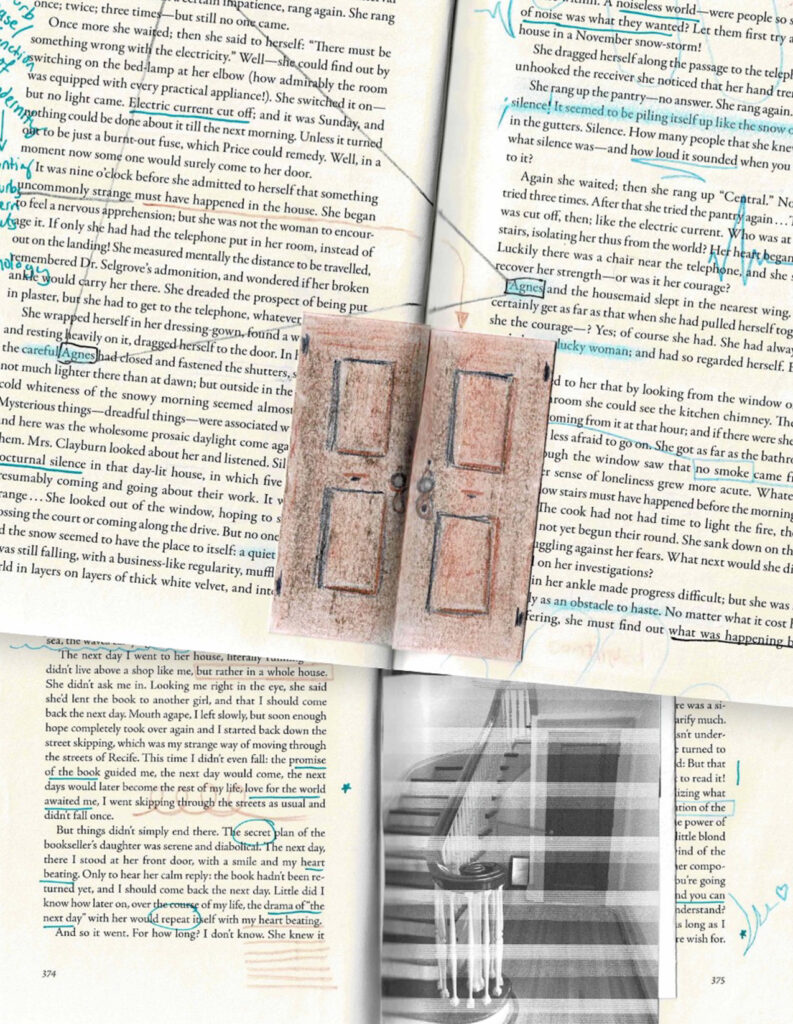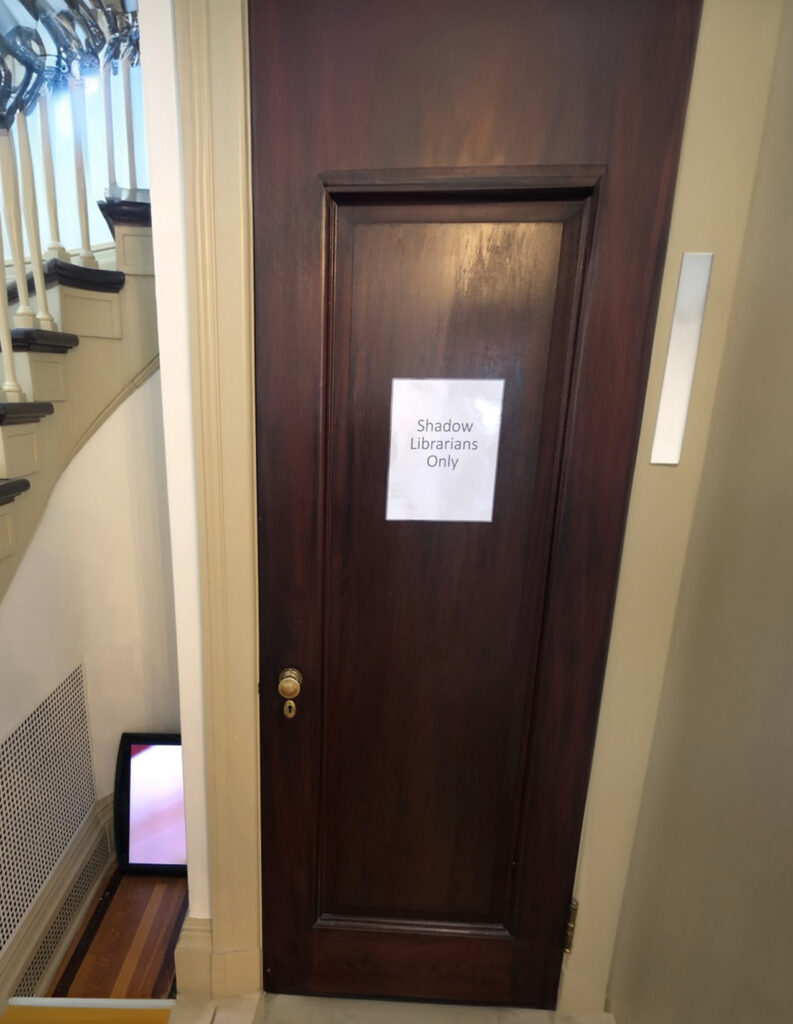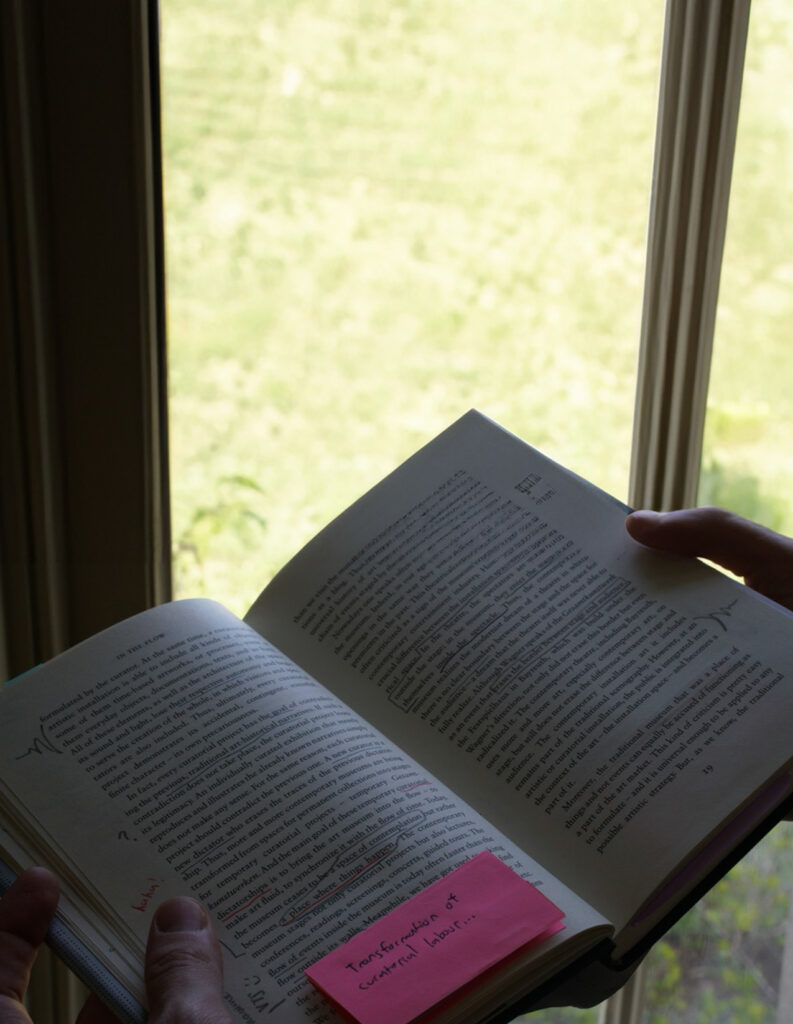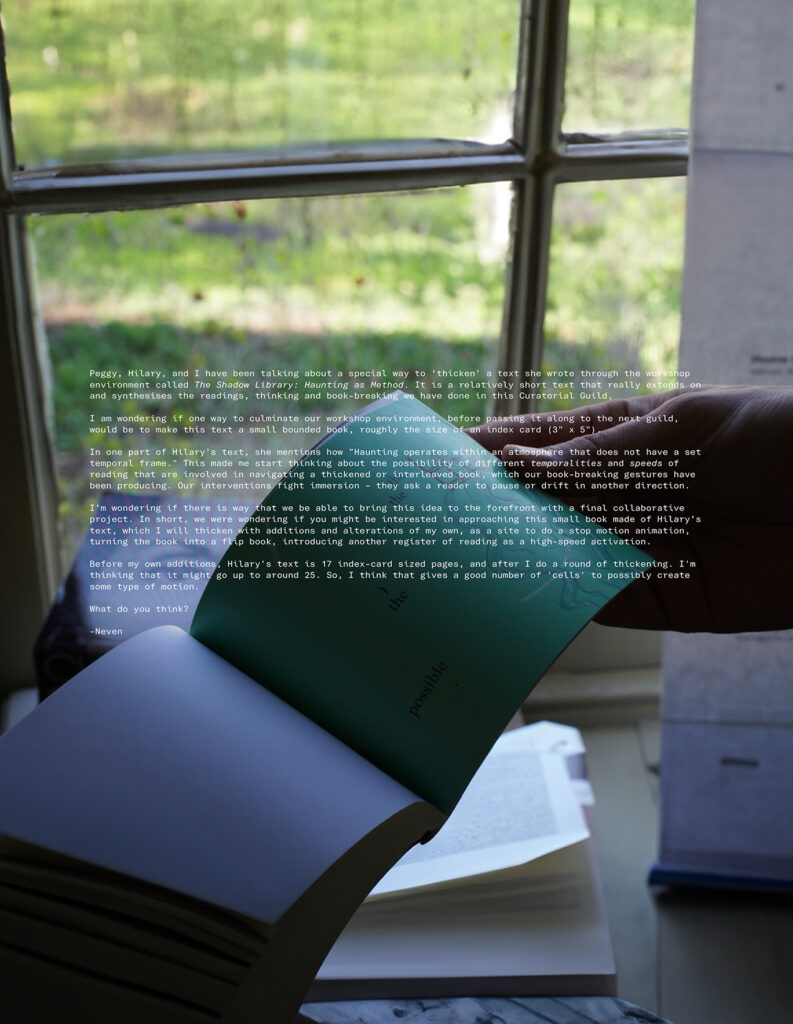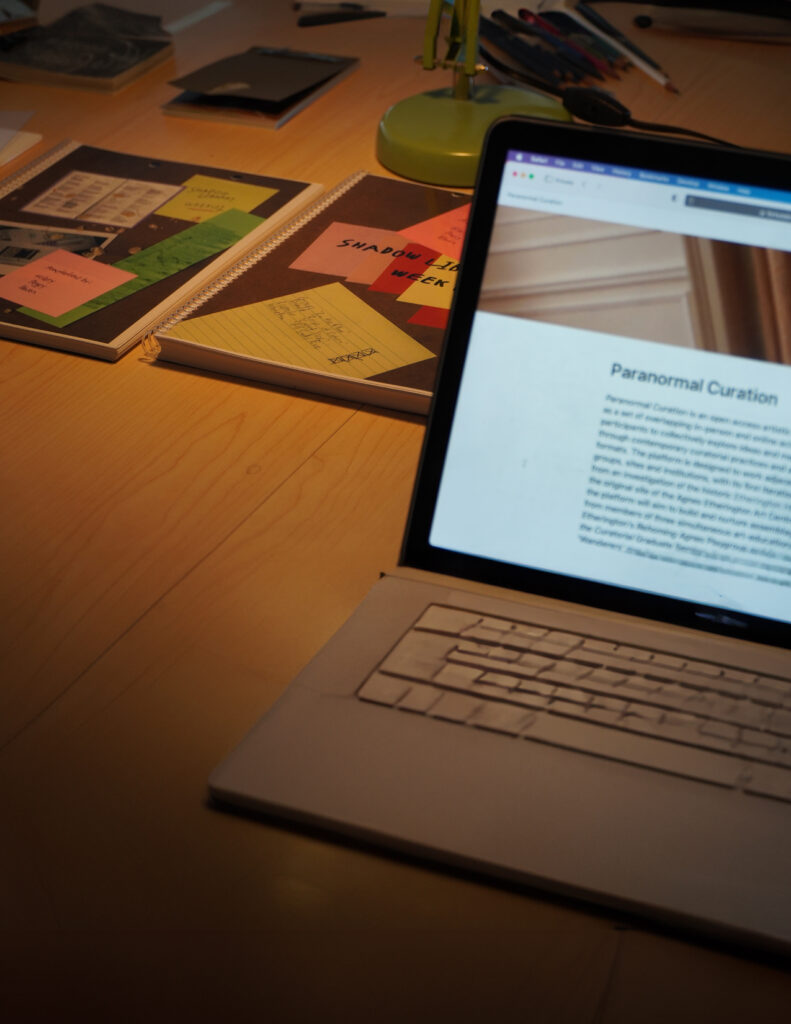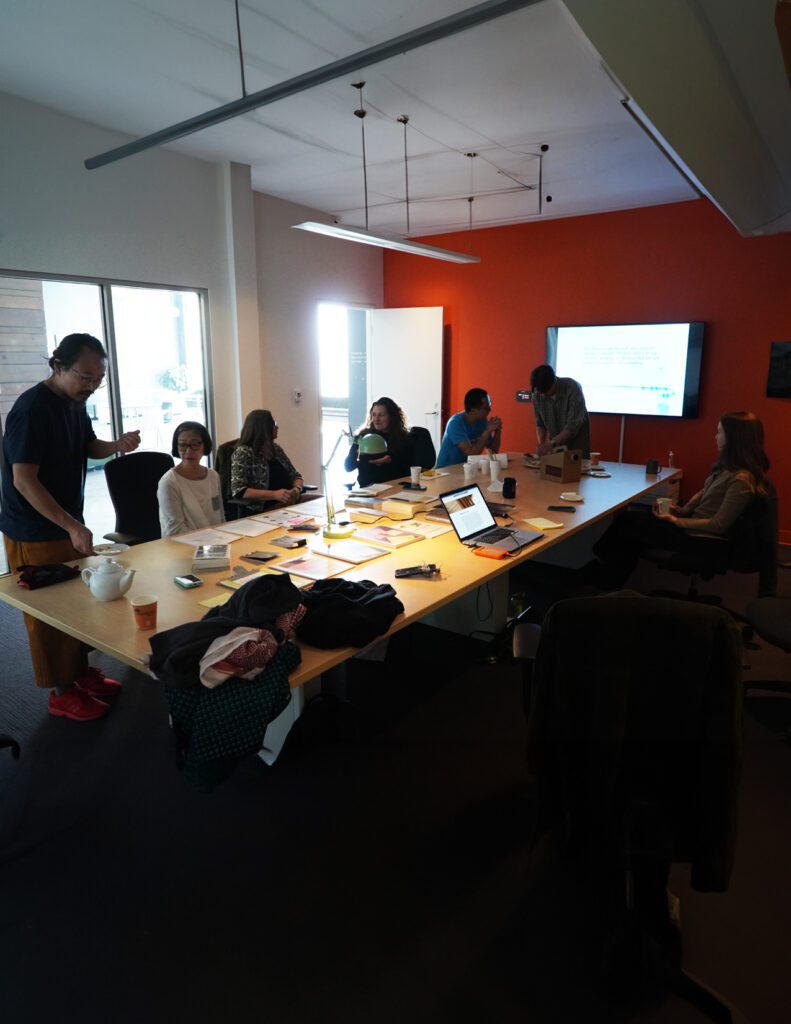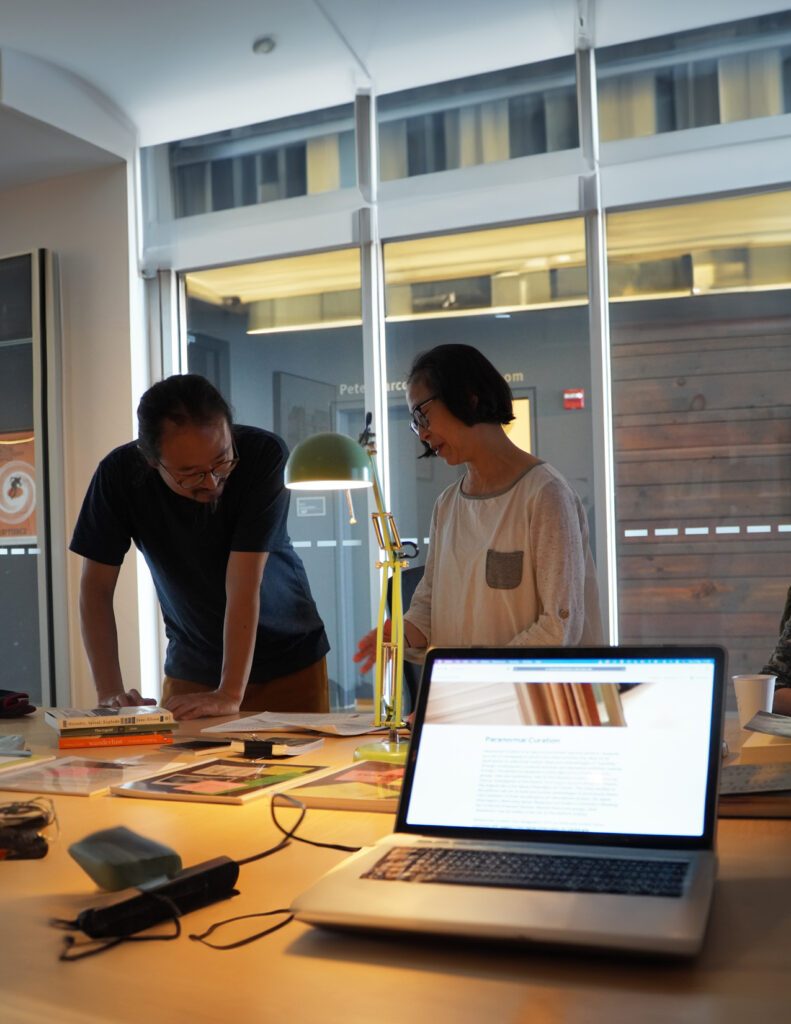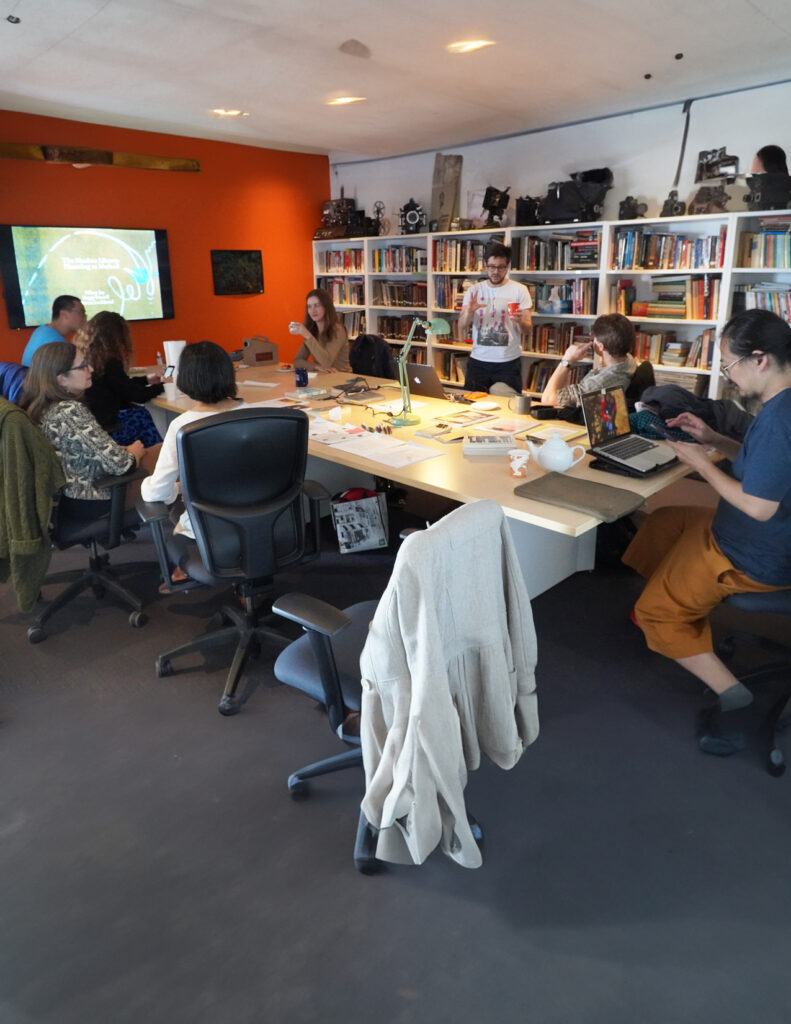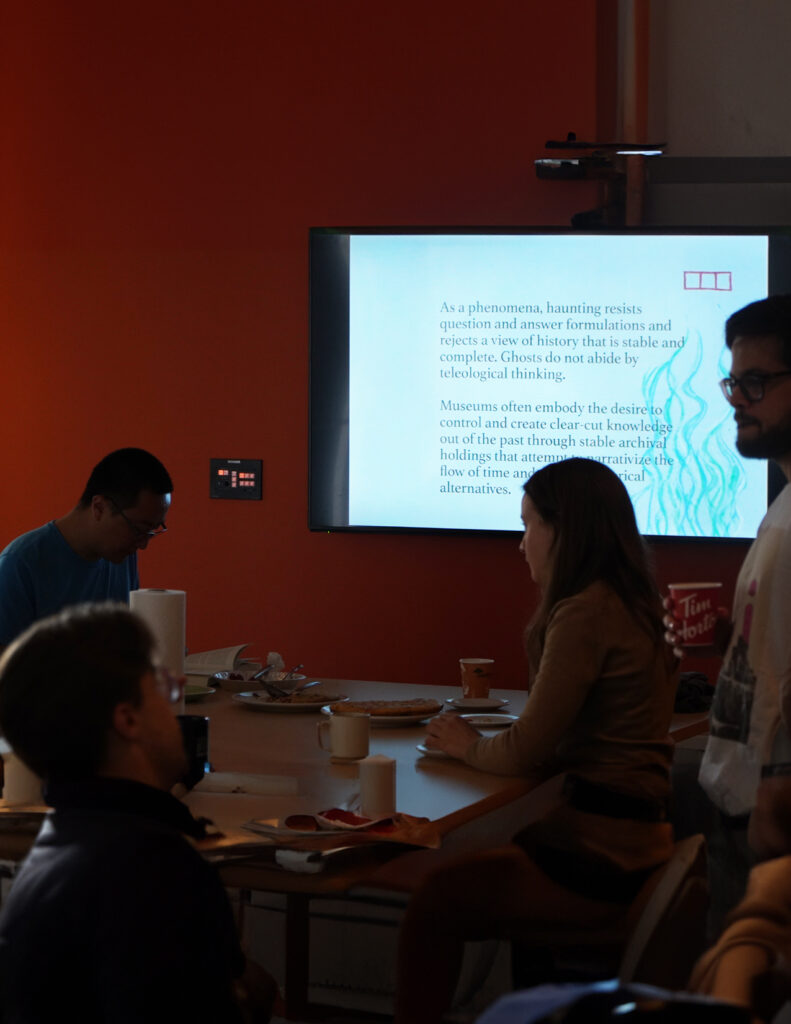Shadow Library
2022-2023
Agnes Etherington Art Centre / Various Locations
Shadow Library Activity Pitch
Shadow Library is an activity that oscillates between individual annotation of printed materials and in-person “book-breaking” sessions over the span of four weeks. It will seek to produce contexts where participants can each work on and “speculatively annotate” various texts and printed materials, which will be curated together by members of the assembled group. Through this, we will try to approach pages and printed materials as social spaces, with an assemblage of active readers populating and “haunting” texts from the margins of chosen documents through their notes, conversations, doodles, interruptions, graphic interventions, and other marginalia strategies.
In this way, the printed materials and their peripheral spaces (margins, cover pages, line and page breaks, spines, indexes, back covers, bookmarks, etc.) that this Curatorial Guild will gather and modify, will not only be shared sites for collective thinking, writing and making together, but will also be instruments through which we can begin to model and test forms of guest-host, haunter-haunted and past-present dynamics through the small and accessible scale of the page and book object.
Think for a moment of a library book and the graphic or textual traces that you can sometimes find left behind in the pages by past readers. What is your relationship to those past readers and their residual markings? How could your own added markings or additions to a given text try to speak to the imagined “future readers” of that text? What and how would you want to communicate with them? In what form of utterance or address? A greeting? A warning? A diversion?
Background on Thickening
As mentioned above, the Shadow Library activity is directly inspired by the reading practice of “thickening,” prevalent in the 18th century when books would circulate as social objects. This phenomenon explored by the Multigraph Collective in their book Interacting with Print, which looks at different social relationships that readers had with books in early print culture. Below are some excerpts of their book:
The result of thickening is not a reduction but rather a wholesale transformation [of a text] by amplification. (228)
Thickened materials threaten to disrupt or even swallow up the printed text. These resulting unique, multi-medial objects often staged a violent form of interactivity, one bent on obfuscating, misdirecting, disordering, or mocking the printed text. In doing so, they dismantled the encyclopaedic goal of completion. (289)
The pasted-in or tipped-in prints and marginal illustrations of the thickened book comment on the text while also extending it diachronically. Unlike annotations or printed para-texts, the thickened book redoubles the text both conceptually and materially, multiplying the physical and conceptual space of the book by an order of magnitude. (292)
The processes involved – touching, looking, paying attention – thus work against absorption in the text, much less reverie or revelation. The legibility of one part of the thickened book will always be at the cost of another. (295)
Through thickening, a chain of associations replaces methodical history, levelling hierarchies by conflation and infiltration. (297)
The resulting thickened volumes derange rather than reiterate the conceptual trajectory and goals of the printed text. Thickening could and did diverge from a book’s ideological agenda. Indeed, the more prescriptive the text or its author, the more likely the reader’s interleaving is to be disruptive. (298)
